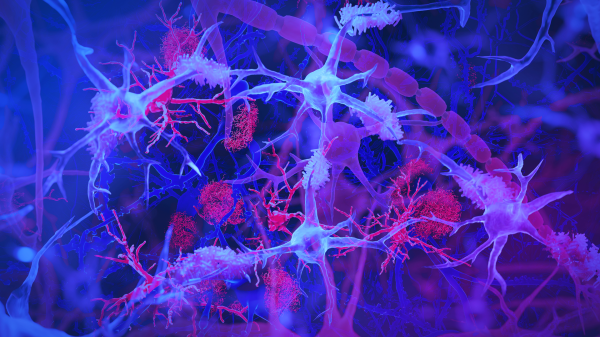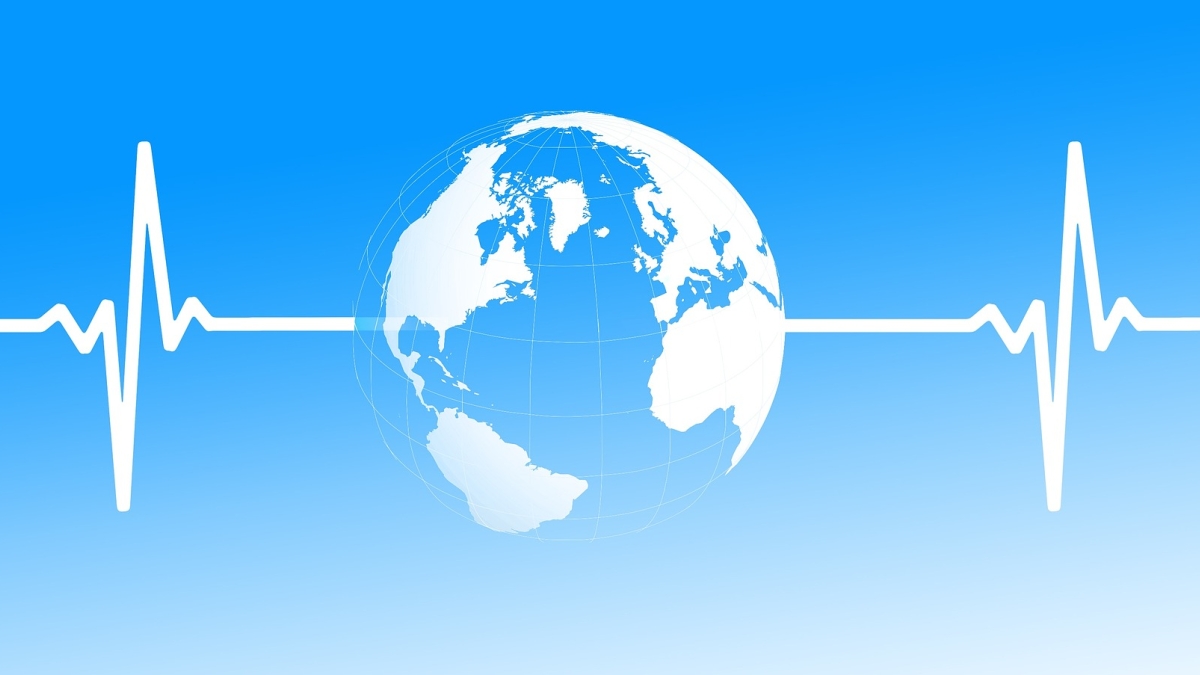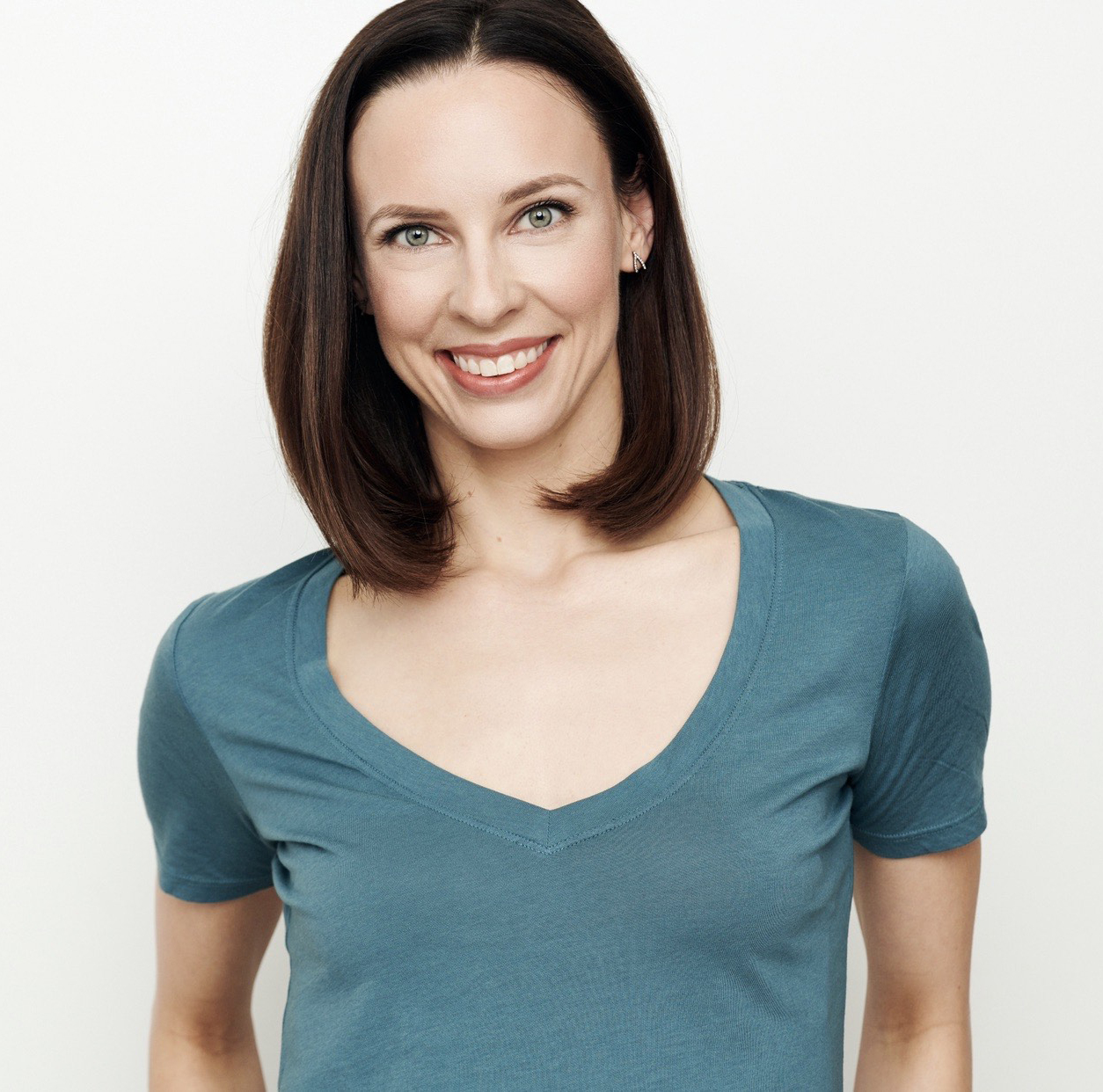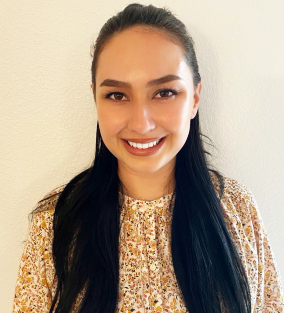For Lisa Jantzie, it was how the classes helped her make sense of all she has seen of different health systems as she traveled and lived all over the world.
For Lauren Manchego, it was being immersed in two universities and interacting with faculty and students from different countries.
But both Jantzie and Manchego, the first Arizona State University students to graduate from a first-of-its-kind international health degree program, definitely agree on one thing: It was an unforgettable and highly valuable experience.
The making of a new health degree
In 2016, ASU joined with King’s College in London and the University of New South Wales (UNSW) in Sydney, Australia, to form the PLuS Alliance. One of the goals was to create joint online degree programs that would better prepare students from all three universities to find solutions to society’s global challenges in a way that could not happen if each university separately offered these degrees to only their students.
Manchego and Jantzie are the first graduates of an all-online bachelor’s degree program that fulfills the aspirations of this partnership — the Bachelor of International Public Health. Offered through ASU’s College of Health Solutions, the degree’s international pedigree is apparent from the start. Students in the program come from the U.S., Australia and several other countries and enroll at either ASU or UNSW but take classes at both universities. Faculty teach asynchronousStudents access class materials via an online course management system — ASU uses Canvas; UNSW uses Moodle — and complete assignments and tests at their own pace according to deadlines set by the instructor. classes, but students regularly meet in real time online to collaborate with classmates from all over the world for a majority of their coursework.
Learning in a global classroom
Lisa Jantzie
Projects, as well as international case studies, form the core of the live discussion and learning.
“Most classes include regular webinars to meet and interact directly with other students and the professor,” said Jantzie, who graduated last December. “Given that many classes center upon studying examples from a variety of countries and regions, having classes with students who live in different parts of the world is insightful. I grew up in Canada but have lived and worked in several countries, so I was also able to share my unique perspective with other students.”
That real-time international interaction was a big part of the learning experience, Manchego agreed.
“It was always interesting to start group projects with students in all different time zones. Many of us were 17 or more hours behind UNSW. It was also interesting to get the syllabus from my UNSW professors because they were so long — about 25 pages on average — and they were so detailed. I never had any question about what was expected in the class,” said Manchego, who graduated in May.
Making sure everyone at ASU and UNSW understands exactly what is expected for all the classes is a big part of Lauren Savaglio’s role. She is a senior lecturer at the College of Health Solutions and the Bachelor of International Public Health degree director, working with her counterparts at UNSW to ensure the degree has identical goals and outcomes at both universities so students get the same experience and are measured using the same criteria. This is a challenge because the program is a three-year degree at UNSW while ASU students take four years to complete it.
The challenge is worth it, Savaglio says. She teaches most of the ASU classes, including "Environmental and Occupational Health" and "Introduction to Population Health," and students take specialized topics from UNSW designed to expand their worldview, like "International Indigenous Health" and "Global Chronic Disease Prevention." Savaglio loves how her students find common ground with these courses.
“Students have found a lot of similarities, even when populations and public health issues are worlds apart, such as the concerns for Indigenous populations and our Native American populations,” Savaglio said. “It’s fascinating and energizing to see the collaborations form between our students.”
Connecting across cultures — and a pandemic
ASU and UNSW structured the degree program to foster collaboration as much as possible. Students are part of one community rather than divided into separate cohorts, and ASU students are mentored by UNSW faculty. The in-class connections students make are also an important part of the learning process.
“With each class, I was able to learn something from other students who lived in different cities from me, were from different work and educational backgrounds, and had different goals and interests within and outside of public health,” Jantzie said.
The learning flows both ways.
“Students from other countries are often surprised about the different systems within the larger health care system in the U. S. with our mix of private insurance, Medicaid, Medicare, separate care for veterans and other smaller systems," Savaglio said. "Health care in other countries is often more streamlined with lower out-of-pocket costs. This opens discussions about what is more beneficial to certain populations, why, who pays for what, who should pay for what — lots of talk about ethics and differing political approaches."
Lauren Manchego
Then, in the midst of working to finish their degree, the COVID-19 pandemic hit and the world changed. Suddenly the course content was even more relevant, and the students were even more united, all living through the same global health emergency. Manchego was just finishing her senior year.
“Though the program is online and we lived in different places, the pandemic had a way of making us feel closer than ever,” she said.
The pandemic also altered the class conversations.
“One of my students from New Zealand shared their experience of being completely locked down during the pandemic, which contrasted with Arizona's approach of limited mask and social distancing rules and fewer closures,” Savaglio said. “There was also a contrast in the reactions based on the culture of the countries the students were from. Many U.S. students were shocked that governments would lock down a population without the population fighting it. They also talked about the negative reactions many of them faced in the U.S. with name-calling and harassment in the street when they wore masks, or all the questions they got about why they wore masks in social situations because it wasn’t as culturally accepted to do those preventive measures here. It opened up a lot of discussions on the ethics of lockdowns and mask requirements.”
The pandemic also changed how students completed the capstone projects required at the end of their program. Manchego worked with a food pantry in her hometown of San Diego where she researched food security among foster youth. When it came to implementing her researched-based changes, though, it was a challenge to connect with grocery stores and donors in person, so she relied on her personal connections with family and friends for donations to optimize the pantry’s offerings.
Jantzie had to switch gears with her capstone project, too. She created an educational resource for fourth grade students about COVID-19 for a school district in rural Alberta, Canada, but when it came to teaching the material, she had to present it via Zoom and wasn’t able to interact in person with the students and teachers.
“However, the presentation in the classrooms coincided with an increase of cases in the region, which made it timely and relevant,” she said.
Preparing future health leaders
Jantzie and Manchego are the first in what is hoped will be a growing group of ASU Bachelor of International Public Health graduates prepared to tackle public health challenges on a global scale. Currently, 70 students are enrolled in the program.
“If the past year has taught us anything, it has revealed how essential a strong public health system and a coordinated international response are to save lives during a worldwide health crisis,” said Deborah Helitzer, dean of the College of Health Solutions. “These health professionals view population health as an interconnected international system. They will be working to improve a global public health infrastructure that protects and improves health for all nations, during times of crisis as well as during normal times.”
ASU’s first Bachelor of International Public Health grads are working on the next steps in their career journey. Manchego is applying to nursing programs. Jantzie, a professional dancer who lives in New York, is researching physician assistant programs and plans to start applying next year. As they look back on their time as BIPH students, they note the challenges as well as the rewards.
“I was required to push myself academically and professionally, but the collaboration between the schools provided me with the opportunity to learn at a higher level,” Manchego said.
Jantzie said the program helped her find her way.
“When I first enrolled at ASU, I wasn’t sure what I would study or what profession I wanted to pursue, but I’m happy I chose this program. It has exposed me to the depth of opportunities and areas of further study within the field of health.”
More Health and medicine

The surprising role of gut infection in Alzheimer’s disease
Arizona State University and Banner Alzheimer’s Institute researchers, along with their collaborators, have discovered a surprising link between a chronic gut infection caused by a common virus and…

ASU, University of Wisconsin partner to empower Black people to quit smoking
Arizona State University faculty at the College of Health Solutions are teaming up with the University of Wisconsin to determine which treatments work best to empower Black people to quit…

New book highlights physician wellness, burnout solutions
Health care professionals dedicate their lives to helping others, but the personal toll of their work often remains hidden.A new book, "Physician Wellness and Resilience: Narrative Prompts to Address…


